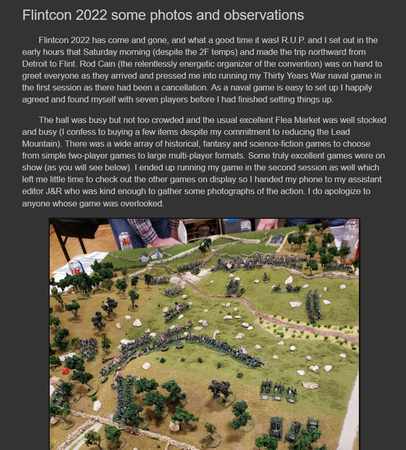Cameras today are digital, automatic, compact, and many of them take excellent pictures without special lenses or filters. However, the cameras themselves may have biases about how they process pictures – many cameras have built-in software to make your selfies look great, but may have undesired side effects (for instance, lightening skin tones!).

For example, let's take this Medusa. I took this set of pictures back in 2007, with my trusty old Sony digital single-lens reflex camera and close-up lens.

And here is the same figure, pictures taken today, same camera and lens, this time using three photo lights around a light tent, and 'auto-adjusted' in software:

Dramatically different pictures, but same mini. I'd say the newer set is closer to the mini's actual appearance.

Now, let's try another camera – actually, a cell phone that I used for photography these days. Everything is automatic, using three photo lights around a light tent, and 'auto-adjusted' in software:

Though the mini was lit the exact same way, the appearance is different. Colors are not as intense. The flesh colors have been... improved! (Not faithful to the original.)

Of course, you can always make changes in software. This allows you to 'save' bad pictures, or mess up good pictures! Here is the third picture above, processed for 'gamma correction' (manually lightening the picture) and then 'contrast' (if you lighten a picture, you often need to increase the contrast afterwards so it isn't washed out):

Depending on your camera, your software, and your experience level, you can adjust color balance, apply special filters, and add special effects.
If you want to take good pictures of individual miniatures, my advice is to get two or three photography lights (less expensive these days): you want lighting from both sides, and overhead if you can. Then, to diffuse the light and avoid glare, get a small light tent. Take lots of pictures, discard half of them, keep the best.






